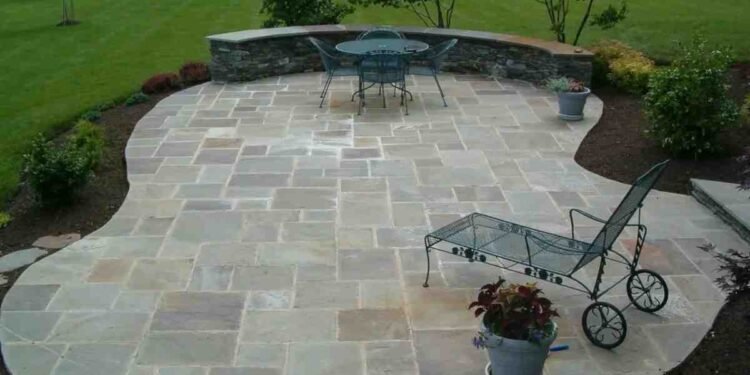A well-designed patio can transform your backyard into an inviting outdoor oasis while significantly increasing your home’s value. Whether you’re considering paver patio construction, outdoor patio construction, or residential patio construction, investing in a quality patio delivers both aesthetic appeal and functional benefits. This guide explores how the right patio design can enhance your property value while providing years of outdoor enjoyment.
Why Add a Patio to Your Home?
Professional outdoor patio construction offers numerous advantages:
- Increased Property Value (ROI of 50-80% according to landscaping studies)
- Expanded Living Space for entertaining and relaxation
- Low Maintenance compared to wood decks
- Year-Round Usability with proper design elements
- Customization Options to match your home’s architecture
Patio Construction Options
1. Paver Patio Construction
Paver patios provide exceptional beauty and versatility:
Benefits:
- Unlimited design patterns and color combinations
- Individual pavers can be replaced if damaged
- Permeable options available for better drainage
- Adds 8-10% to home value in most markets
Considerations:
- Higher initial cost than concrete
- Requires professional installation for best results
- Needs occasional re-sanding of joints
2. Stamped Concrete Patios
A popular residential patio choice:
Advantages:
- Lower cost than pavers
- Can mimic stone or brick patterns
- Smooth surface ideal for furniture
- Minimal maintenance required
Limitations:
- May develop cracks over time
- Limited repair options
- Surface can become slippery when wet
3. Natural Stone Patios
Premium option for luxury outdoor patio construction:
Pros:
- Unique, high-end appearance
- Extremely durable (50+ year lifespan)
- Increases property value significantly
Cons:
- Highest material costs
- Heavy stones require professional installation
- Irregular surfaces may not suit all furniture
Key Factors in Patio Construction
1. Professional Design Planning
Quality residential patio requires:
- Site evaluation and measurements
- Drainage planning
- Material selection
- Layout optimization for traffic flow
2. Proper Base Preparation
All successful paver patio projects need:
- 6-8″ excavated depth
- Compacted gravel base (4-6″)
- Leveling sand layer (1″)
- Edge restraints for stability
3. Size and Placement Considerations
- Minimum 12’x14′ for dining areas
- Allow 3′ clearance around furniture
- Position for optimal sun/shade balance
- Connect logically to home entrances
Cost Comparison of Patio Materials
| Material | Cost per SF | Lifespan | Maintenance | ROI |
| Concrete | $8-$15 | 25+ years | Low | 50% |
| Pavers | $15-$30 | 30+ years | Medium | 70% |
| Natural Stone | $25-$50 | 50+ years | Low | 80% |
Enhancing Your Patio’s Value
Maximize return on your outdoor patio construction investment with:
- Built-in seating (increases usability)
- Outdoor kitchen (premium feature)
- Fire pit or fireplace (extends seasonal use)
- Lighting systems (improves safety and ambiance)
- Decorative borders (elevates design)
FAQs About Patio
1. How much value does a patio add to a home?
Quality residential patio ypically returns 50-80% of its cost in added home value, with high-end designs potentially increasing value even more.
2. What’s better – concrete or paver patios?
Paver patio construction offers more design flexibility and easier repairs, while concrete costs less upfront. Pavers generally provide better long-term value.
3. How long does professional patio take?
Most outdoor patio projects take 3-7 days depending on size, complexity, and weather conditions during installation.




